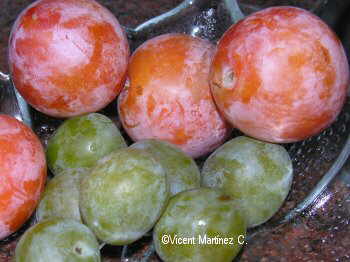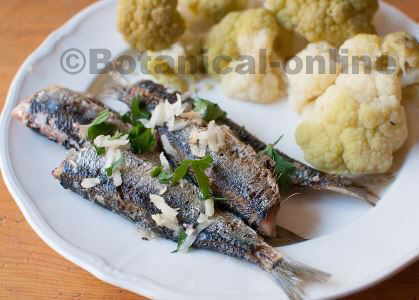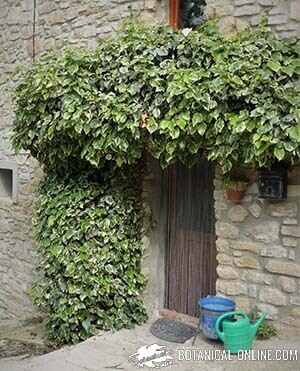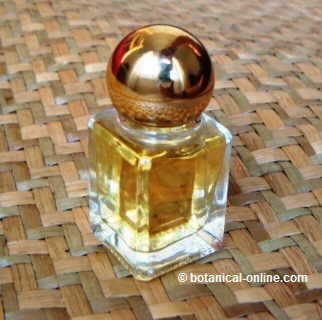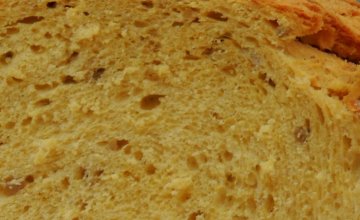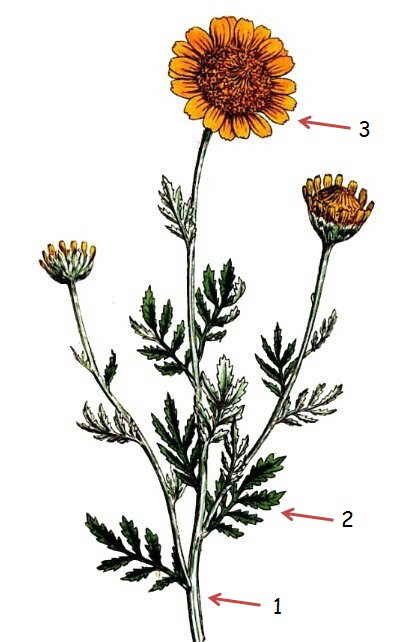Contents
DANGERS OF MULLEIN
Is mullein toxic?
Yes, mullein contains toxic principles. The root, seeds and, to a lesser extent, the leaves of the plant, contain poisonous components.
For this reason, neither roots nor seeds should be used for medicinal purposes. The leaves are only used externally.
Only the flowers can be used internally, in herbal teas or infusions.
What active principles does mullein contain?
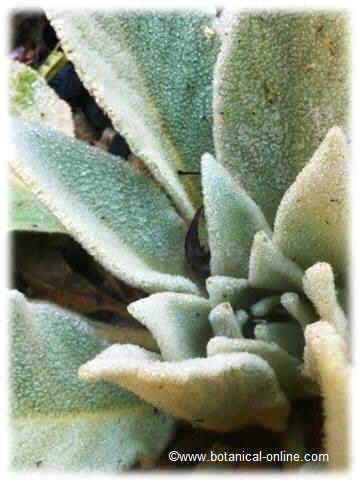
In the image: photograph of mullein leaves
- The whole plant contains iridoid glucosides: aucubin, verbacoside, pilumoside, harpagide, catalpol, isocatapol, 6Bxylosilcatapol.
- Hemolytic saponins: verbascosaponosin (in seeds and, to a lesser extent, in leaves)
- Coumarin (whole plant)
- Rotenone (at the root)
Symptoms of poisoning
- The infusion of the flowers in very high doses can produce narcotic effect.
- It is important to strain the infusions with filter paper to remove the tiny hair from the flowers. The stamens and the calyx of the flowers contain tiny hairs, which can be irritating to the airways.
- The saponins contained in the seeds are ichthyotoxic (toxic to fish). Formerly, people poured its juice into the water to intoxicate the fish, and the stun of intoxication allowed them to catch them easily.
- The flowers in tisane do not present acute or subacute toxicity.
![]() More information on mullein.
More information on mullein.
This article was endorsed by Vicente Martínez Centelles - Founder of the web and director. Teacher of natural sciences, expert in plants, natural remedies and botanical photography.

